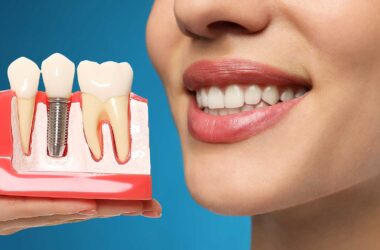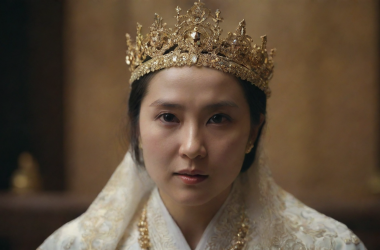Menstrual Migraine-Triggered Headaches
For many women, the arrival of menstruation brings with it the trouble of headaches. This pain causes discomfort in the head and may also come with anxiety, affecting daily life and work considerably. Seeking a doctor’s help for a timely diagnosis and intervention is crucial to address this issue properly.
Overview of Estrogen-Related Migraines
Today, we introduce a common type of headache—estrogen-related migraines. This subtype of migraines usually occurs when estrogen levels in the body drop suddenly after being high for a number of days. The fluctuations in estrogen levels are one of the key triggers for these headaches.
Who is likely to be affected by estrogen-related migraines?
This type of migraine is often seen in the following groups of women:
- Before or after the start of the menstrual cycle
- Women who have recently given birth
- Women approaching menopause
- Upon discontinuing prescribed estrogen medications that were being taken regularly
Treatment Measures for Estrogen-Related Migraines
During acute episodes, treatment usually involves direct pain relief for the headache. Commonly used medications include:
- Triptans: such as sumatriptan, frovatriptan, naratriptan, etc.
- Nonsteroidal anti-inflammatory drugs (NSAIDs): like diclofenac sodium, ibuprofen, sometimes used in combination with triptans
- Anti-emetics: like metoclopramide injections, chlorpromazine, etc.
- Ergotamines: like dihydroergotamine, usually used in combination with anti-emetics
If acute treatments do not provide satisfactory results, prophylactic treatment will be necessary. For those women who need contraception or need to use estrogen medications for other reasons, estrogen-based preventive treatment is recommended. This generally starts with extended-cycle estrogen-progestogen contraceptives or choosing estrogen supplementation tied to menstrual cycle fluctuations. If there are contraindications to estrogen treatment or women choose to avoid estrogen, non-hormonal treatments can be considered, such as long-acting triptans, starting two days before the expected menstruation and continuing for five days.
Focusing on Treatment and Emotional Care Beyond Estrogen-Related Migraines
Patients suffering from estrogen-related migraines might also face emotional challenges. While focusing on symptom relief, don’t forget to take care of your mental health as well.
During the course of medication treatment, patients should be aware of potential side effects and indications of the drugs. In addition, maintain good communication with your doctor to ensure that the treatment plan is both safe and effective.
The prospects of healing compared to interventions for other types of headaches
Although estrogen-related migraines may not be completely curable, through proper treatment and management, most patients can significantly alleviate their symptoms. Other types of migraines also require proper recognition and intervention to reduce the occurrence of attacks.
Remember, your doctor is the best person to consult about health and treatment questions.







